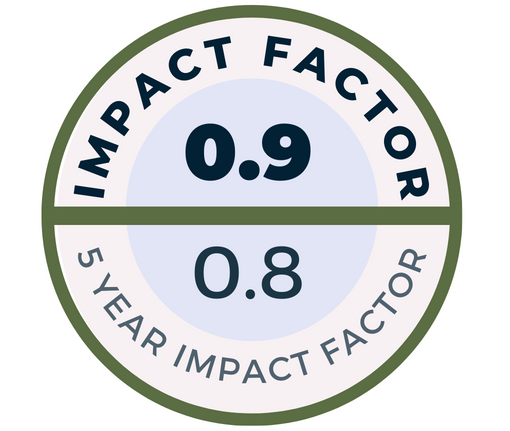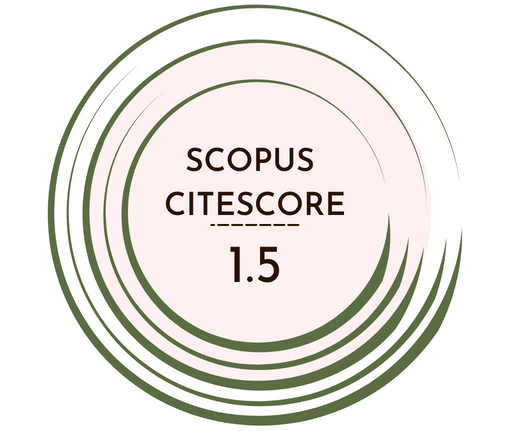In this study, a parallel hybrid electric vehicle has been modeled, and a new rule-based and battery-priority control method has been proposed, which will reduce fuel consumption and carbon emission values to minimum values. This control method is based on running the electric motor more and operating the internal combustion engine in the most efficient region. In the proposed control method, it is also ensured that the electric motor is operated as a generator. The control method is used in the New European Driving Cycle (NEDC), ECE-15 (Urban Driving Cycle), and in Extra Urban Driving Cycle (EUDC) driving cycle conditions. In this study, two different simulation studies are achieved in accord with the critical state of charge (SOC) of the battery. The SOC value is selected as 55% and 65% for its effect on fuel consumption in these driving cycles. According to the results, the parallel hybrid electric vehicle which has a 65% SOC value, gasoline efficiency becomes executed 35.7% inside the NEDC cycle, 25.3% in the EUDC cycle, and 52.3% in the ECE-15 cycle. Furthermore, for the parallel hybrid electric vehicle with a 55% SOC value, fuel efficiency is 29.3% in the ECE-15 driving cycle, 17.6% in the NEDC driving cycle, and 9.6% in the EUDC cycle. The proposed control approach yields the parallel hybrid vehicle's fuel usage and fuel efficiency.
Cite this article as: Y. S. Arıkuşu, N. Bayhan and H. Tiryaki, "Investigation with a rule-based controller of energy consumption of a parallel hybrid vehicle model in different states of charge," Electrica, 24(1), 183-192, 2024.


.png)


